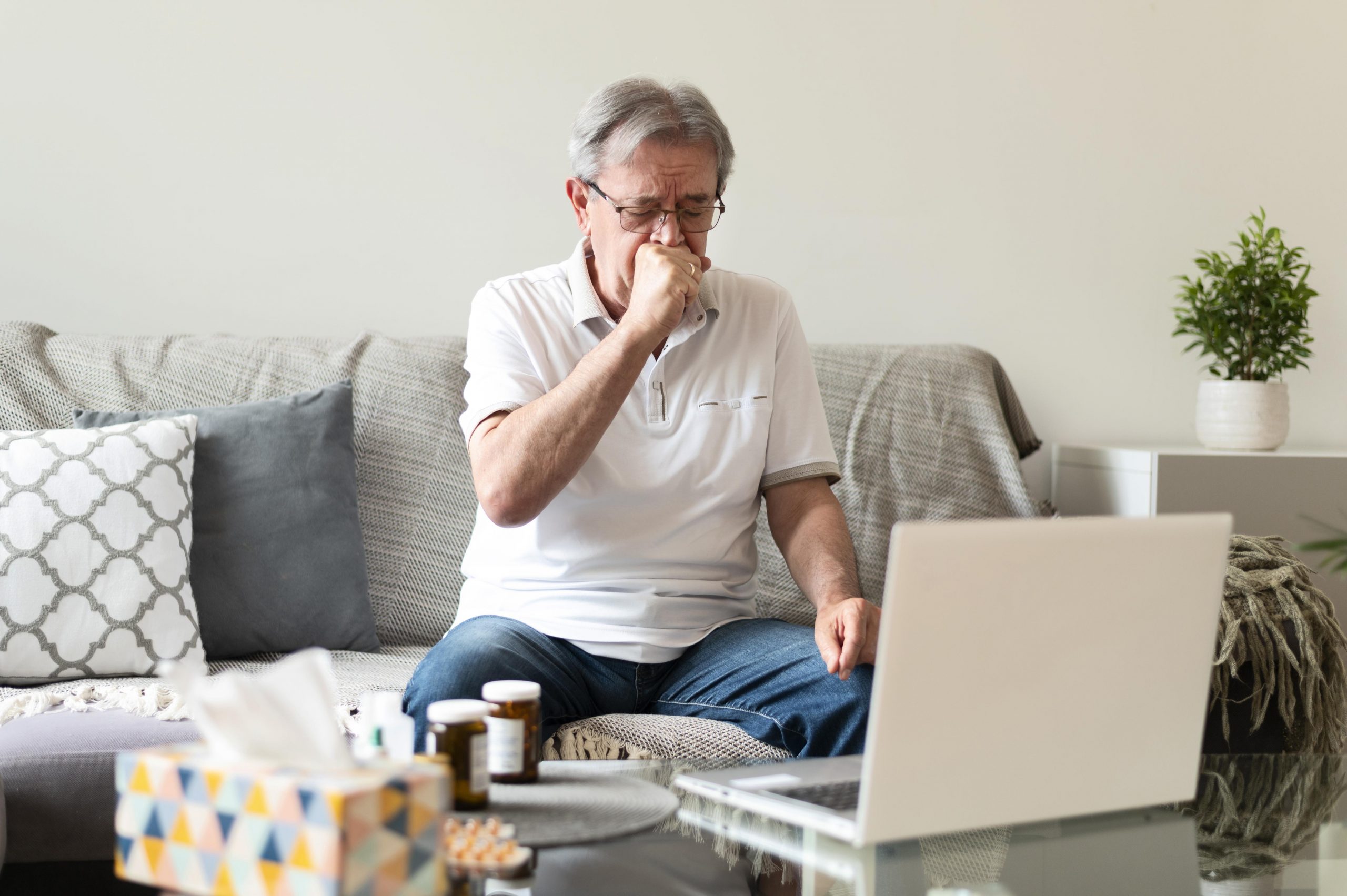Apr 15, 2025

Understanding Tuberculosis (TB)
Tuberculosis (TB) is a contagious disease caused by the bacterium Mycobacterium tuberculosis (part of the Mycobacterium tuberculosis complex). While TB can affect any organ, 80% of cases occur in the lungs, as the bacteria primarily enter the body through inhaled air. Pulmonary TB is contagious and spreads easily through the air via breathing, coughing, sneezing, or prolonged close contact with an infected person. The bacteria can remain airborne for hours, putting immunocompromised individuals, the elderly, and children at higher risk.
TB spreads through airborne transmission. When a TB patient coughs, sneezes, shouts, laughs, or sings, they release infectious droplets (1–5 microns in size) into the air. Smaller droplets remain suspended, allowing others to inhale them. Transmission risk depends on three factors:
Infectiousness: Patients with TB-positive sputum are more contagious.
Exposure duration: Close contacts (e.g., household members, coworkers) face higher risk.
Environment: Poor ventilation, crowded spaces, and shaded/damp areas (where bacteria survive up to 6 months) increase transmission.
Persistent cough lasting over 2 weeks (dry or with phlegm).
Coughing up blood.
Low-grade fever (afternoons/evenings).
Night sweats.
Loss of appetite, unexplained weight loss, fatigue.
Note: Some patients may show no symptoms, but chest X-rays can reveal TB signs.
TB is curable with 6–9 months of consistent medication, depending on severity. Treatment involves:
First-line drugs: Isoniazid, Rifampin, Ethambutol, and Pyrazinamide.
Directly Observed Therapy (DOT): Family or healthcare workers monitor medication adherence, manage side effects, and provide emotional support.
Prevent Spread:
Wear a mask when coughing/sneezing until at least 2 weeks of treatment.
Cover coughs/sneezes with tissues; dispose in sealed bins or burn daily.
Wash hands frequently; spit phlegm into sealed containers or toilets.
Medication:
Take prescribed drugs daily without interruption to prevent drug resistance.
Attend all follow-up appointments until cleared by a doctor.
Lifestyle:
Eat nutritious foods (meat, eggs, dairy, fruits, vegetables).
Ensure proper ventilation and sunlight in living spaces.
Avoid alcohol, smoking, and drugs (interfere with treatment).
Screen Contacts:
Family members, especially children, should undergo chest X-rays and TB testing.
Key Takeaway
TB is preventable and treatable. Early diagnosis, strict medication adherence, and preventive measures protect both patients and communities.

